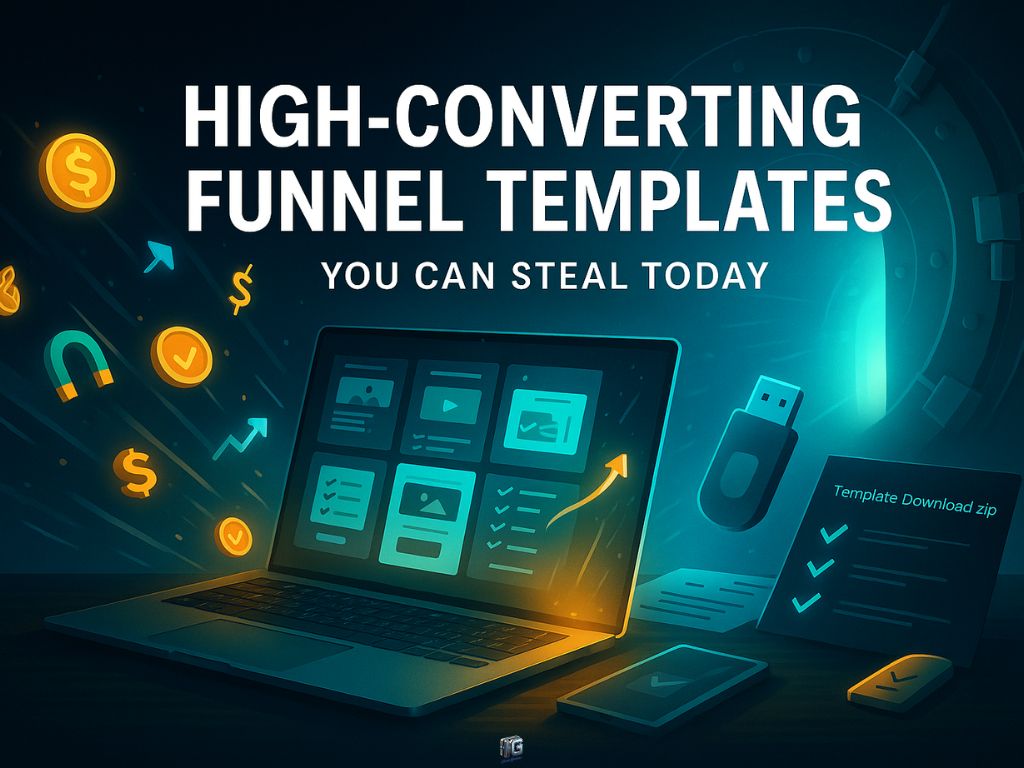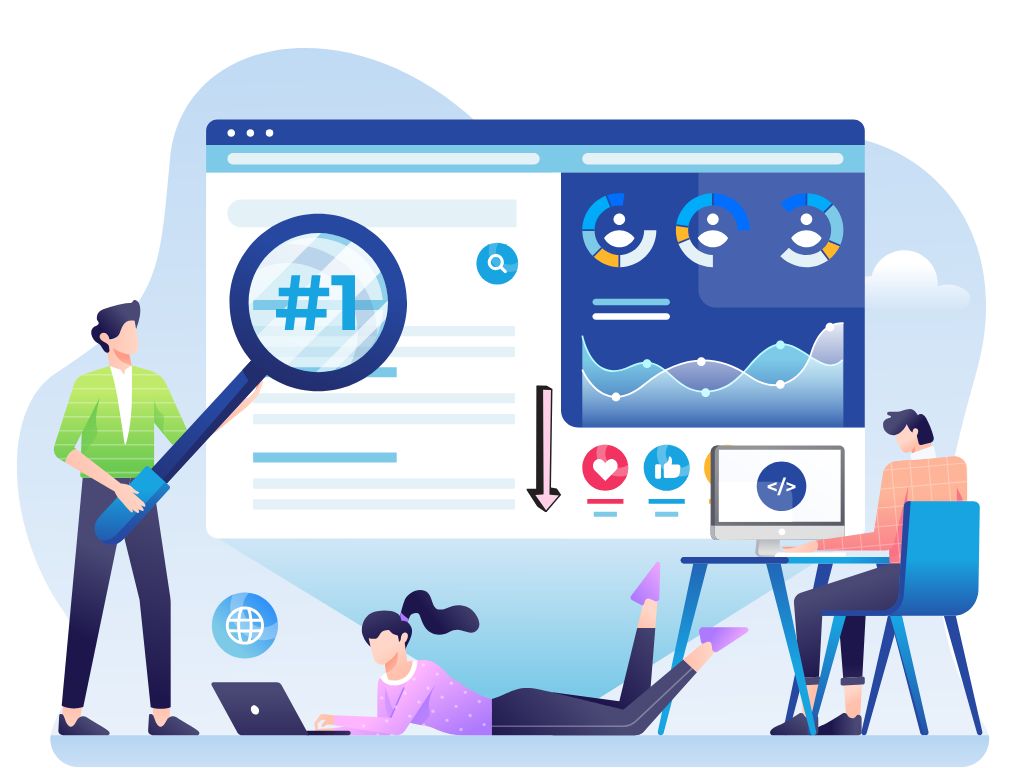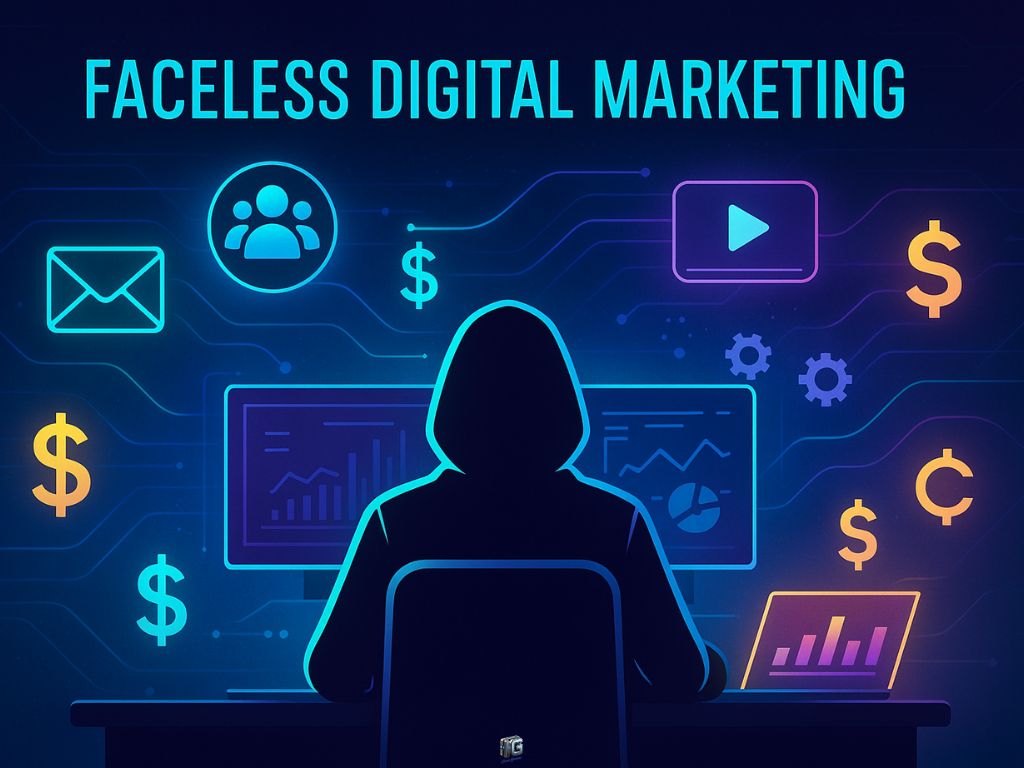🔥 Introduction
Most funnel templates are worthless.
They’re designed to look pretty on slides, not to convert real customers. You download one, plug in your offer, and then wonder why nobody’s buying.
It’s not you. It’s the framework.
Because here’s the truth: a funnel that doesn’t follow buyer psychology will never print money.
This article fixes that.
You’re about to get access to seven high-converting funnel templates built for real performance. Templates you can steal, customize, and deploy today. Not next week. Not after you take a course. Right now.
Each one is stripped of fluff and designed to convert. You’ll see how it works, when to use it, and how to launch it fast even if you’ve never built a funnel before.
These aren’t theories. These are tools.
If you’ve got a digital product, a service, or a course and you need more leads, more conversions, and more cash, you’re exactly where you need to be.
Key Takeaways
- Most funnel templates fail because they ignore strategy and buyer behavior
- These 7 templates are designed for real-world marketing: lead magnets, tripwires, webinars, product launches, and more
- Each one is available in PowerPoint, Notion, and editable formats
- You’ll learn exactly when and how to use each based on offer type, traffic source, and price point
- The templates can be used for digital products, coaching, SaaS, and services with no technical setup required to start
- You don’t need design skills, a big list, or a copywriting background to make these work
- If you can follow a simple structure and execute, these templates can help you convert faster

Why Most Funnel Templates Don’t Work
Most templates are built to impress, not to convert.
They’ve got fancy arrows. Sleek icons. Clean slide decks with no strategy underneath.
You plug in your product. You write some copy. You launch. Nothing happens. No clicks. No sales. No momentum. Just a good-looking flowchart that doesn’t pay rent.
Here’s the problem.
Most funnel templates ignore how people actually buy. They skip over trust. They forget intent. They don’t account for cold traffic, timing, or decision-making stages. Worst of all, they assume that pretty equals profitable.
It doesn’t.
A real funnel isn’t about design. It’s about friction.
It’s about guiding someone from “never heard of you” to “take my card” and doing it without losing them at every step.
You can’t copy-paste your way to conversions. You need a structure that matches your offer, your traffic, your audience, and your price point.
The templates you’re about to see aren’t just layouts. They’re frameworks built to move real people toward real decisions.
That’s why they work.
What Makes a Funnel Template Actually Convert
A funnel is not a graphic. It’s a guided experience. And if it doesn’t move your audience toward action, it’s just decoration.
Templates that convert have structure. They match psychology. They eliminate friction at every step. They work because they do one thing right: they focus on outcomes, not aesthetics.
Here’s what separates a real funnel from a pretty one:
- It starts with a clear promise. The offer is obvious from the first touchpoint. There’s no guessing, no clever branding that hides the value. Just a direct reason to pay attention.
- Every step has intent. A good funnel doesn’t just look good on paper. It leads somewhere. Each click, form, page, and email is designed to move the prospect forward with a specific purpose.
- There are no dead ends. A real funnel either converts or continues the conversation. That means every step ends with a call to action, a next move, or a way to stay in your world.
- It adapts. Great funnels don’t care what industry you’re in. They work across products, services, coaching, SaaS, and info products. Why? Because the principles behind the funnel are based on human behavior, not market trends.
- And most importantly, it sells without noise. There’s no fluff. No distractions. Just a simple path from problem to solution, and a structure that does the heavy lifting for you.
If your funnel doesn’t do all of this, it’s not built to convert. The good news? The ones that follow next are.

The 7 Funnel Templates You Need (And How to Use Them)
These are the only funnels you actually need. No filler. No complicated stacks that take weeks to build. Just proven frameworks that work across offers, niches, and platforms.
Each one below includes the structure, when to use it, and how it fits into your marketing flow.
The goal isn’t to build everything at once. It’s to pick the one that matches your product and launch it fast. You can always layer in more later.
-
Lead Magnet Funnel
This is the simplest, fastest funnel to deploy.
It starts with a free value-packed offer like a checklist, guide, or swipe file. The lead opts in, gets the freebie, then enters an email sequence that builds trust and introduces your paid offer.
Use this when: You want to grow your email list with qualified leads and warm them up for low-ticket or mid-ticket offers.
Core flow: Landing page → Opt-in → Delivery email → Nurture sequence → Offer -
Tripwire Funnel
This funnel is designed to turn cold leads into instant buyers.
It starts with a low-cost, high-value offer right after the lead magnet. Once they buy, you introduce a higher-ticket upsell or bundle.
Use this when: You want to build a buyer list and offset your ad spend with front-end purchases.
Core flow: Opt-in → Tripwire offer → Checkout → Upsell page → Email follow-up -
Webinar Funnel
Perfect for selling mid-to-high ticket products or services.
Leads register for a live or automated training. You deliver high-value content that educates, builds trust, and ends with a pitch. You follow up with replay access and limited-time offers.
Use this when: Your offer requires more context, storytelling, or authority to convert.
Core flow: Registration page → Confirmation → Live or evergreen webinar → Offer page → Email follow-up -
Product Launch Funnel
This one’s built for urgency and hype. You release content over a few days, open the cart for a short window, and close hard. Each step increases desire and pushes toward the sale.
Use this when: You’re launching a new course, digital product, or service and want to drive focused attention in a short period.
Core flow: Pre-launch content → Open cart email → Offer page → Scarcity emails → Cart close -
Evergreen Sales Funnel
A continuous, automated funnel that runs in the background.
You use content, ads, or organic traffic to feed the funnel. The offer is always available but urgency is created through limited-time bonuses, deadlines, or fast-action rewards.
Use this when: You want consistent, hands-off sales from one signature offer.
Core flow: Traffic → Opt-in → Nurture sequence → Evergreen pitch → Deadline sequence -
Application Funnel
Built for high-ticket services, coaching, or done-for-you offers.
You qualify leads before they ever get on a call. Each step filters for fit, builds authority, and sets up your sales conversation.
Use this when: You sell services or coaching priced above $1,000 and want fewer, better leads.
Core flow: Landing page → Application form → Calendar or waitlist → Confirmation → Sales call or follow-up -
Content to Sale Funnel
This funnel turns your blogs, videos, or social content into conversions.
You lead with free content. Inside that content, you offer an opt-in. From there, the email sequence leads to a product, membership, or service.
Use this when: You already publish useful content and want to monetize the traffic without changing your process.
Core flow: Content → Opt-in → Welcome sequence → Offer
Each of these funnels is simple, clear, and designed to be customized fast.
You don’t need all of them. You just need the right one for your offer, your audience, and your goals.
Pick your weapon. Then launch.

Funnel Formats: PowerPoint vs. Notion vs. Visual Maps
A great funnel is useless if you can’t understand it, share it, or use it fast.
That’s where format matters.
You don’t need another zip file full of bloated templates you’ll never open. You need a format that fits your workflow and makes execution simple. Whether you’re solo or managing a team, the format you choose can either create speed or kill momentum.
Here’s how to pick the right one.
PowerPoint Funnel Templates
Best for presenting ideas, pitching strategies, or training teams.
If you need to show someone how a funnel works, step-by-step, slide-by-slide, PowerPoint is still a winner. It’s visual, easy to follow, and clean for client or team-facing decks.
Use this when you need clarity for others, not just yourself.
Notion Funnel Templates
Best for execution and internal planning.
If you want to keep everything in one place, copy drafts, funnel steps, integrations, timelines, and assets. Notion gives you total control.
Use this when you’re building the funnel, not just mapping it.
Visual Maps (Canva, Figma, Miro)
Best for quick overviews and creative flow planning.
Sometimes you just need a high-level visual. These tools let you drag, drop, label, and customize flowcharts so you can sketch your funnel in minutes.
Use this when you're brainstorming or onboarding collaborators.
There’s no “best” format. There’s only what gets you building faster.
You’ll get access to all three. Choose the one that fits your brain, your team, or your current phase and run with it.
How to Customize These Funnels for Your Offer
A funnel that isn’t aligned with your offer is just noise.
You can plug in every step, follow every template, and still hear crickets if the structure doesn’t fit your product, your price point, or your audience.
This part fixes that.
Here’s how to make any of the templates work for your business—whether you’re selling a $27 PDF or a $5,000 coaching program.
Match Funnel to Offer Type
If you’re selling a digital product under $100, you don’t need a long nurture. You need a clean lead magnet funnel or a tripwire funnel that builds fast trust and creates a quick win.
If your offer is in the $300 to $1,000 range, a webinar funnel or evergreen sequence with a time-based incentive works best. The price justifies a longer sales cycle, and trust needs a little more time to develop.
For high-ticket offers over $1,000, use an application funnel. Pre-qualify the lead, show authority, and let your conversation close the deal.
Don’t overcomplicate it. The simpler your match, the better your conversion rate.
Adjust Copy to Match Buyer Intent
Low-ticket funnels rely on urgency, ease, and instant outcomes. Your copy needs to highlight quick wins and solve a visible pain fast.
Mid-ticket funnels need clarity and education. Your messaging should walk through the transformation and remove hesitation. The more specific the outcome, the better it converts.
High-ticket funnels run on trust. Your copy should do two things: filter out unqualified leads and make the right people feel like you’re the only option.
Templates give you structure. The copy gives you traction.
Start With One Funnel and Stack Later
Don’t try to build a funnel empire on day one. Pick one funnel, launch it fast, and let it collect data. Watch what works. Adjust what doesn’t. Then add layers—a follow-up funnel, an upsell flow, a retargeting email—once the base is solid.
Customization isn’t about complexity. It’s about relevance.
When your funnel matches your offer, your traffic source, and your audience’s level of awareness, conversion becomes a natural next step—not a hard sell.

Want the Full Funnel Stack Without Building It Yourself?
You’ve seen the structure. You’ve seen the flow. But what if you could skip the setup and start with 52 ready-to-launch funnels already built, already written, already optimized?
Funnels with:
- Done-for-you products
- Sales pages and upsells
- Email sequences, ads, and lead magnets
- All ready to plug into your own system
No design work. No copywriting. No guesswork.
If you want to launch fast, without building from scratch, this free webinar shows you exactly how to use private label funnels to start generating sales in minutes.
You’ll see how to:
- Plug funnels directly into your ClickFunnels account
- Swap your payment link and start keeping 100% of the profits
- Launch a full marketing system without having your own product
- Start from a proven structure instead of a blank screen
This isn’t a theory session. It’s a walk-through of real funnels that are ready to deploy right now even if you have zero tech or marketing experience.
If you’re serious about launching faster, selling smarter, or scaling without the burnout of building everything yourself...
👉 Save Your Free Seat for the Funnel Demo Masterclass
Limited access. No fluff. Just plug-and-profit strategy.
And if you want to see how these funnels fit into a faceless, scale-ready brand, check out
Faceless Digital Marketing
for the full execution blueprint.

Frequently Asked Questions
Can I use these templates for client work?
Yes. These templates are fully adaptable for client services, freelance work, or agency delivery. You can rebrand, restructure, or expand them based on your client’s niche and offer. They’re not locked to one business model, they’re built to be used.
Do I need a full tech stack to use these?
No. You can use these templates with simple tools like Google Docs, ConvertKit, Notion, or Canva. You don’t need to set up automation, design full websites, or pay for expensive software to start. Focus on getting the structure right first, the tools can evolve later.
Are these templates beginner-friendly?
Yes. Each template includes a quick-start guide so you know exactly what to put where. You don’t need design skills, marketing experience, or advanced copywriting knowledge to launch. If you know your offer, you’re ready to use these.
Will these work for my niche?
Absolutely. These templates are designed around buyer psychology, not industry-specific quirks. Whether you’re selling a digital course, SaaS tool, coaching program, or service offer, the funnel structures remain the same. Only the messaging changes.
Can I use these in Google Slides or Keynote?
Yes. PowerPoint versions can be uploaded into Google Slides or Keynote and edited instantly. You can also customize the Notion version or drop the visual maps into tools like Canva or Miro. Everything’s portable, editable, and built to move fast.
Conclusion
A funnel template isn’t a shortcut. It’s a starting line.
You don’t need a marketing degree, a team, or weeks of planning to build something that converts. You just need the right structure, a clear message, and a system that doesn’t collapse under pressure.
Most people waste time overthinking the perfect funnel. You’re not most people.
Now you have seven of the highest-performing funnel templates ready to plug into your business. No guessing. No burnout. Just clean execution and fast feedback.
Start with one. Launch it. Watch what happens. Then layer, stack, and scale when the time is right.
Templates don’t create results. You do.
But when the structure is already built for conversion, all you have to do is drive.

Ready to stop failing and start building?
Click below to get instant access to the exact program I recommend you start with.
One click. One step. A whole different future.
Got questions? I’m one reply away.
ismel@ismelguerrero.com
I personally respond as quickly as I can, no VA, no copy-paste answers.
Ismel Guerrero
Affiliate Mentor | Focused on Results, Not Hype
